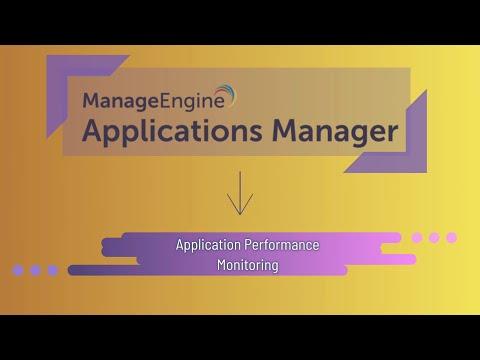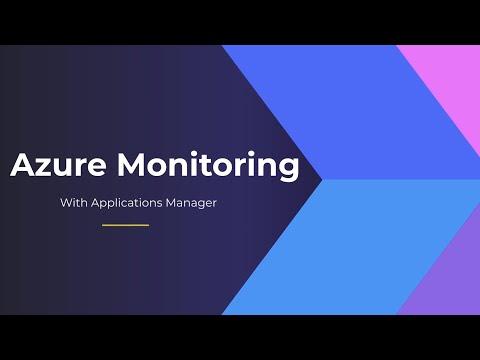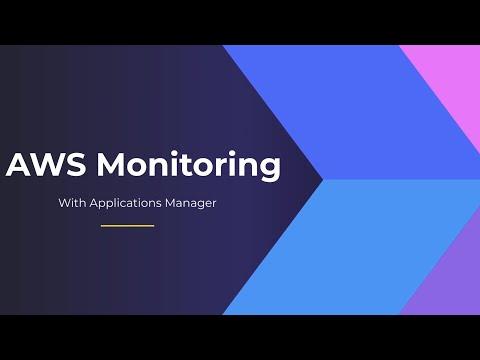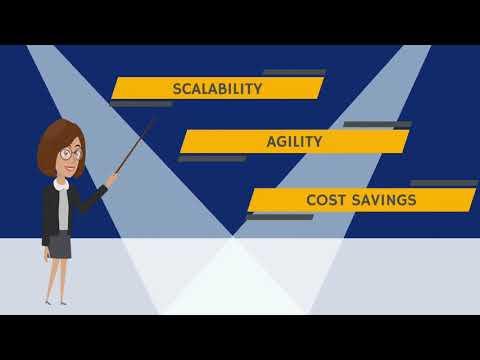Last December, my APMdigest prediction for 2015 was,
"The advent of the “Internet of Things” (IoT) will elevate the importance of implementing powerful, easy-to-use and cost-effective APM (Application Performance Management) solutions as a rapidly expanding universe of end-points are connected by software-enabled sensors and systems. The new generation of APM solutions will have to contend with an exponentially greater number of connections, transactions and data points. The APM solutions will also have to span Cloud and on-premise applications which will be linked together in the IoT environment. The task of implementing and administering the APM solutions will increasingly be performed by highly specialized, third-party service providers."
Less than halfway through the new year and we're seeing the market activity around IoT opportunities accelerate. Not only are the number of 'things' currently and expected to be connected growing exponentially, but the types of business processes being impacted by IoT deployments is also expanding rapidly. Because of all our connected devices, there are already far more 'things' communicating via the web than there are people. And, Cisco Systems expects the number of Internet-connected things will reach 50 billion by 2020, and these connected products and services could generate $19 trillion in profits and cost savings over the next decade.
While there are plenty of industry forecasts projecting hyper-growth of the IoT market, Cisco's forecasts are sufficient to clearly show that APM players and users are going to be severely tested by this unprecedented surge in connected things. More important than the extraordinary number of things being connected are the growing number and widening assortment of business applications which will be impacted. This combination significantly escalates the scale and complexity of the APM challenge.
With the explosive growth of "wearables", software-enabled sensors are being used by people for fitness, fashion and health-related reasons that all demand reliable application performance. They are also being deployed in an infinite array of 'things', including cattle and crops in addition to every imaginable consumer and commercial product, service and location.
Rather than monitor relatively stable enterprise applications or typical web applications to support specific business functions, a common IoT deployment might entail monitoring many inter-related applications which impact a series of business processes.
For instance, a sensor on a remote device will have software commands to monitor and report activity that could be transmitted to a service management system and trigger a service call. The alert could initiate a request for replacement material that is controlled by an inventory management system and lead to the dispatch of a service agent guided by a logistics system. It could also be imported into a CRM, ERP or other enterprise app to ensure sales, finance and other departments are aware of the customer status. The information could also be used to redesign the product and services to make them more reliable and improve customer satisfaction or corporate efficiency.
Measuring application performance across the IoT supply-chain of multivendor software elements is the new APM challenge. And, reporting the APM data to a broader set of interested parties - executives, end-users, customers and partners - will compound the challenge.
Jeffrey Kaplan is the Managing Director of THINKstrategies and Founder of the Cloud Computing Showplace.
The Latest
In 2024 the number one challenge facing IT teams is a lack of skilled workers, and many are turning to automation as an answer, according to IT Trends: 2024 Industry Report ...
Organizations are continuing to embrace multicloud environments and cloud-native architectures to enable rapid transformation and deliver secure innovation. However, despite the speed, scale, and agility enabled by these modern cloud ecosystems, organizations are struggling to manage the explosion of data they create, according to The state of observability 2024: Overcoming complexity through AI-driven analytics and automation strategies, a report from Dynatrace ...
Organizations recognize the value of observability, but only 10% of them are actually practicing full observability of their applications and infrastructure. This is among the key findings from the recently completed Logz.io 2024 Observability Pulse Survey and Report ...
Businesses must adopt a comprehensive Internet Performance Monitoring (IPM) strategy, says Enterprise Management Associates (EMA), a leading IT analyst research firm. This strategy is crucial to bridge the significant observability gap within today's complex IT infrastructures. The recommendation is particularly timely, given that 99% of enterprises are expanding their use of the Internet as a primary connectivity conduit while facing challenges due to the inefficiency of multiple, disjointed monitoring tools, according to Modern Enterprises Must Boost Observability with Internet Performance Monitoring, a new report from EMA and Catchpoint ...
Choosing the right approach is critical with cloud monitoring in hybrid environments. Otherwise, you may drive up costs with features you don’t need and risk diminishing the visibility of your on-premises IT ...
Consumers ranked the marketing strategies and missteps that most significantly impact brand trust, which 73% say is their biggest motivator to share first-party data, according to The Rules of the Marketing Game, a 2023 report from Pantheon ...
Digital experience monitoring is the practice of monitoring and analyzing the complete digital user journey of your applications, websites, APIs, and other digital services. It involves tracking the performance of your web application from the perspective of the end user, providing detailed insights on user experience, app performance, and customer satisfaction ...
Enterprises are experiencing a 13% year-over-year increase in customer-facing incidents, reflecting rising levels of complexity and risk as businesses drive operational transformation at scale, according to the 2024 State of Digital Operations study from PagerDuty ...
According to Grafana Labs' 2024 Observability Survey, it doesn't matter what industry a company is in or the number of employees they have, the truth is: the more mature their observability practices are, the more time and money they save. From AI to OpenTelemetry — here are four key takeaways from this year's report ...





